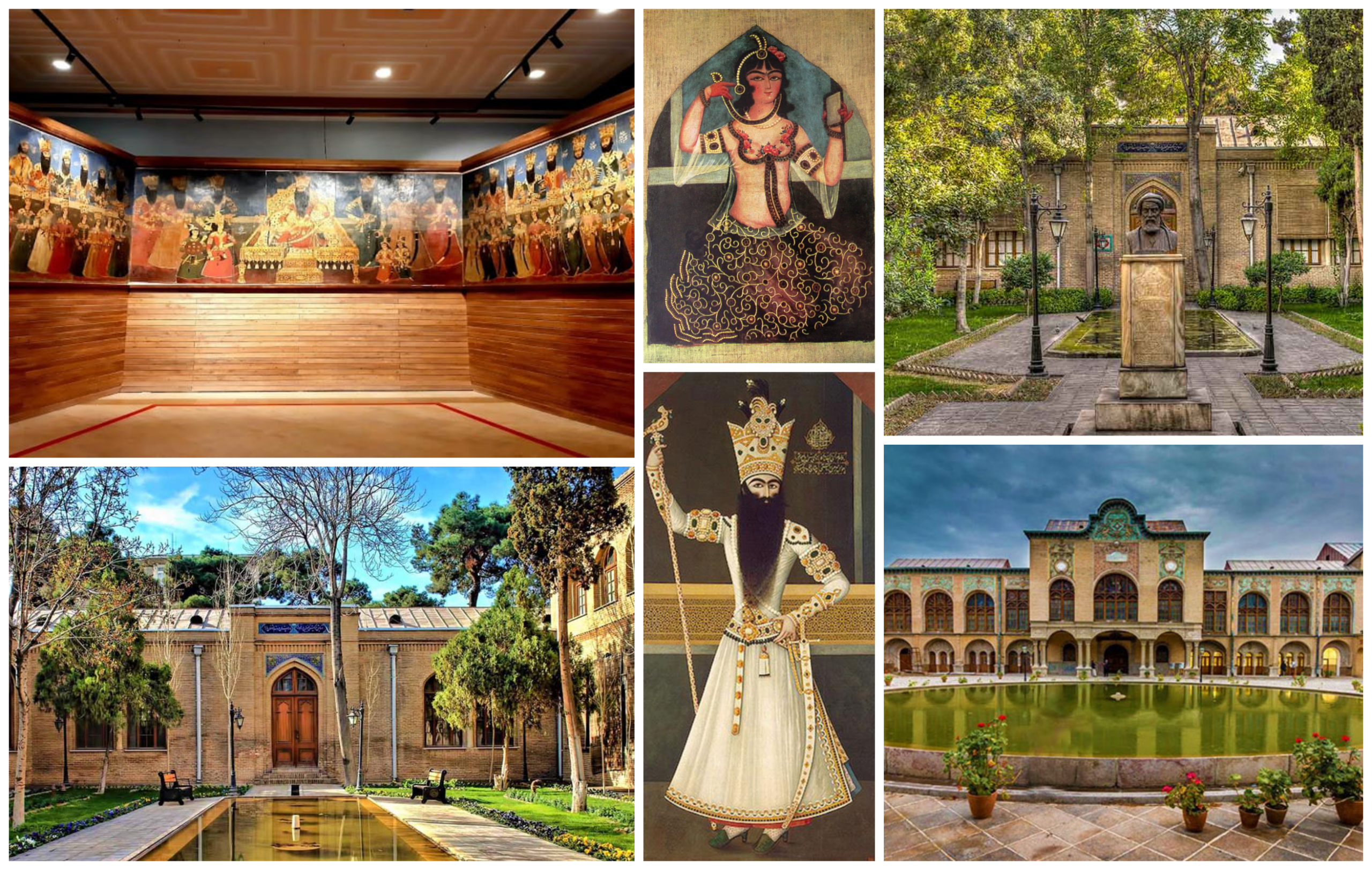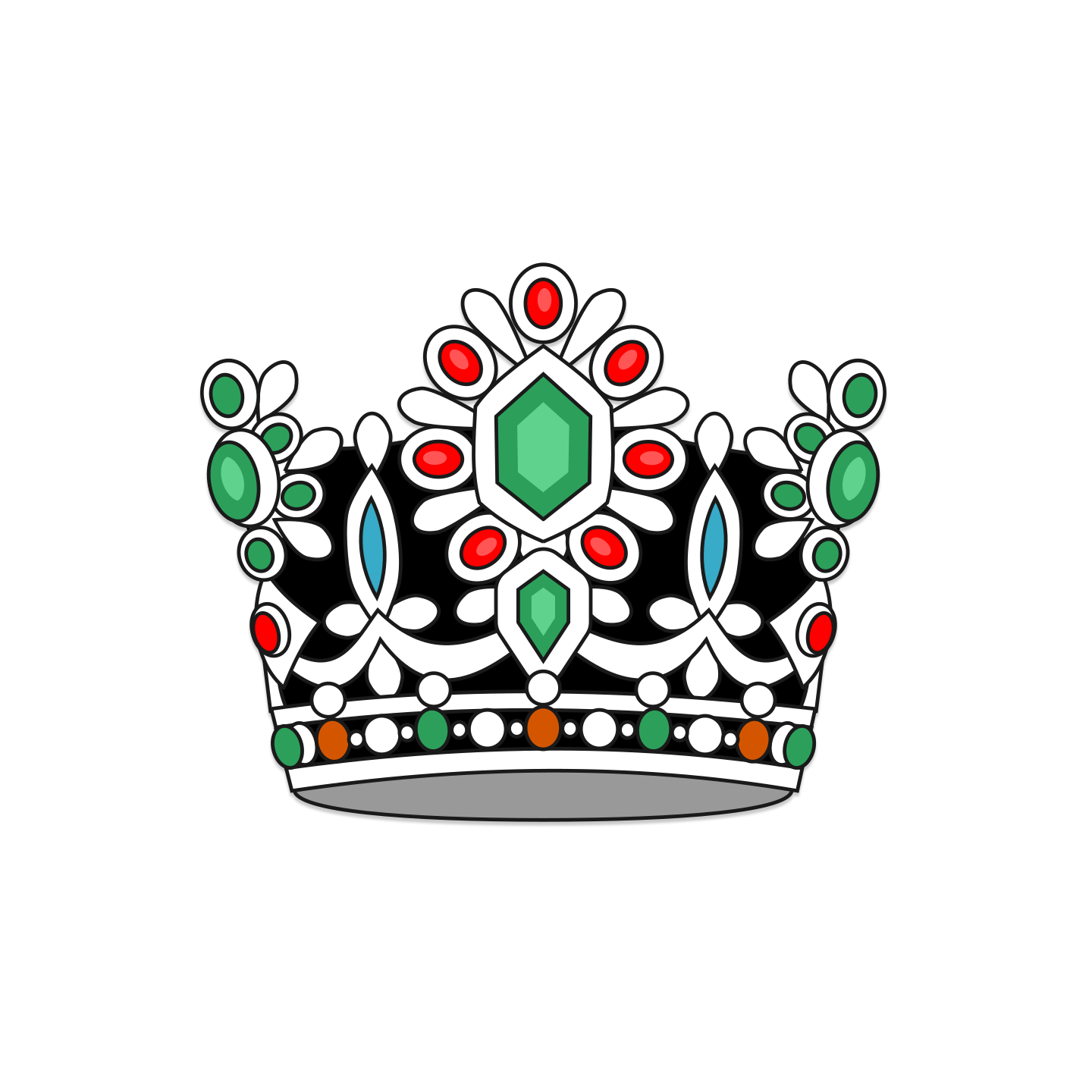
The Negarestan Museum of Qajar Dynasty Arts was established in 1975 under the initiative of Her Majesty Farah Pahlavi, the Empress of Iran, as part of a broader cultural revival and preservation effort during the final years of the Pahlavi dynasty.
Located in Tehran, the museum was dedicated to showcasing the artistic and cultural achievements of the Qajar period (1789–1925), a dynasty known for its distinctive visual and decorative arts, portraiture, lacquer works, textiles, and royal iconography. The goal of the museum was to preserve, curate, and exhibit a comprehensive collection of Qajar era paintings, manuscripts, costumes, and artifacts, much of which had been previously scattered or stored in palaces and private collections.
Farah Pahlavi’s cultural initiatives aimed to modernize Iran’s museums, promote national heritage, and make art and history more accessible to the public. The establishment of the Negarestan Museum reflected these efforts, serving both as a repository of Qajar artistic identity and a symbol of Iran’s rich imperial past.
The museum was part of a larger network of cultural institutions initiated during the 1960s and 1970s, including the Niavaran Cultural Center and the Museum of Contemporary Art, reflecting the empress’s vision of balancing modernity with historical preservation.
After the 1979 Islamic Revolution, the museum’s function and identity changed, and many of its contents were either removed, re contextualized, or relocated. However, the legacy of the Negarestan Museum remains a significant chapter in Iran’s museum history and the cultural policies of the late Pahlavi era.


